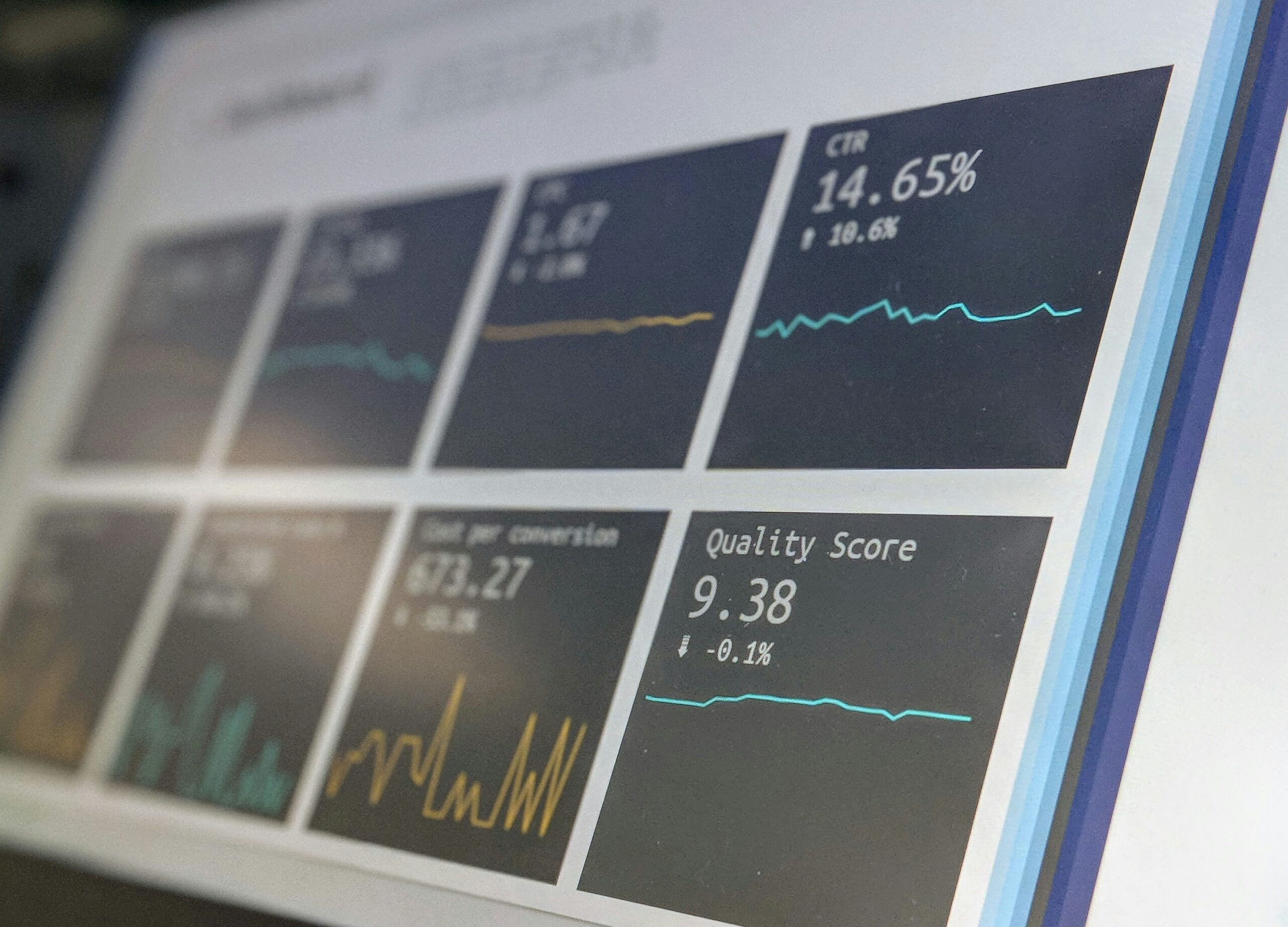Top 25 Excel Formulas Useful for HR at Various Stages of the Employee Life Cycle

Recruitment and Onboarding
During the recruitment and onboarding stages, Excel formulas can significantly streamline processes and enhance accuracy. One critical tool in an HR professional’s arsenal is the VLOOKUP function. By utilizing VLOOKUP, HR can efficiently manage candidate databases. For instance, when multiple candidates are applying for various positions, VLOOKUP can swiftly pull relevant candidate information, such as qualifications and interview results, facilitating quick comparisons and decision-making.
Another invaluable formula is the IF statement, particularly useful for setting conditional hiring criteria. An IF statement can help determine if a candidate meets specific requirements. For example, the formula =IF(B2="MBA", "Qualified", "Not Qualified") can assess whether a candidate holds an MBA, automatically categorizing them as ‘Qualified’ or ‘Not Qualified,’ thereby saving time in the evaluation process.
Accurate metrics are crucial for assessing recruitment effectiveness. The SUMPRODUCT function is exceptionally effective for calculating metrics like time-to-hire and cost-per-hire. By using the SUMPRODUCT formula, HR professionals can easily aggregate and analyze large data sets. For instance, to calculate the average time-to-hire, one might use a formula like =SUMPRODUCT(D2:D10, E2:E10)/SUM(D2:D10), where columns D and E represent the steps and days taken for each hire. This method ensures precise insights into the efficiency of the hiring process.
To further illustrate, consider calculating the cost-per-hire. By using SUMPRODUCT in evaluating recruitment expenses, such as advertising costs, agency fees, and internal hiring team’s efforts, one can derive meaningful insights. The formula =SUMPRODUCT(F2:F10, G2:G10) where columns F and G represent different cost factors associated with each hire, can give a detailed breakdown, aiding in budgeting and strategic planning.
Overall, integrating these Excel formulas during recruitment and onboarding stages allows HR professionals to maintain organized, accurate, and efficient hiring processes. These tools not only provide valuable data insights but also enhance decision-making capabilities, ultimately contributing to a more streamlined recruitment and onboarding experience.
Employee Performance and Development
Excel serves as a crucial tool for HR professionals in the arena of employee performance and development. It enables the effective tracking and evaluation of performance metrics through a variety of advanced formulas. A pivotal formula is AVERAGEIFS, which is particularly useful for calculating average performance ratings across different departments. For example, to determine the average performance rating for the sales department, HR professionals can utilize the AVERAGEIFS formula to account for multiple criteria such as specific department names and review periods, allowing for nuanced and departmental-specific insights.
Additionally, the INDEX-MATCH combination is invaluable for identifying top performers within an organization. This powerful duo surpasses the traditional VLOOKUP with its flexibility and efficiency. For instance, by employing INDEX to return a value within a specific range and MATCH to locate the exact position of an employee’s rating, HR can accurately identify individuals who consistently exceed performance benchmarks.
Looking towards future trends, the FORECAST formula can be utilized to predict an employee’s future performance based on historical data. This predictive capability is grounded in quantitative analysis, allowing HR to anticipate training needs or potential career advancements. For instance, if an employee has shown a steady increase in performance over several cycles, FORECAST can project future performance levels, thus aiding in proactive career progression planning.
Integrating these formulas with Cyclical Performance Reviews (CPRs) enhances HR’s ability to undertake comprehensive performance appraisals. During these cycles, AVERAGEIFS helps establish objective benchmarks, INDEX-MATCH aids in recognizing standout performers, and FORECAST informs strategic decisions regarding training and development plans.
Real-world applications underscore the importance of these tools. Consider a scenario where an organization aims to enhance its training programs. By analyzing past performance data with AVERAGEIFS, identifying key employees for training upgrades with INDEX-MATCH, and predicting who will benefit most through FORECAST, HR can make data-driven decisions that bolster overall organizational growth.
Compensation and Benefits Management
In the realm of HR, effective compensation and benefits management is crucial for maintaining employee satisfaction and ensuring the financial health of the organization. Excel formulas offer valuable tools to streamline these tasks. One such formula is PMT, which is extensively used for calculating loan repayments involved in employee benefits like housing loans. By using =PMT(rate, nper, pv), HR professionals can easily determine the periodic payment amount, thus aiding in efficient financial planning for employee perks.
Another essential formula is IFERROR, which plays a pivotal role in handling discrepancies in benefits data. For instance, to avoid errors when dividing salary components or calculating tax deductions, the formula =IFERROR(value, value_if_error) ensures that any error returns a specified value, thus safeguarding the accuracy of payroll and benefits data.
Additionally, long-term cost-benefit analysis is integral to crafting sustainable compensation packages. The NPV (Net Present Value) and IRR (Internal Rate of Return) formulas are indispensable for this purpose. With =NPV(rate, value1, value2, ...), one can calculate the profitability of future benefits and compensations by discounting future cash flows. Meanwhile, =IRR(values, [guess]) enables HR to estimate the profitability rate of employee-related investments, aiding in strategic decision-making concerning long-term compensation schemes.
Practical examples underscore the utility of these formulas. For instance, an HR department might employ the PMT formula to offer a well-calculated housing loan benefit to employees, fostering loyalty and satisfaction. The IFERROR function can be used in payroll spreadsheets to replace erroneous data with a placeholder or a message, thus maintaining smooth payroll operations. Furthermore, by using NPV and IRR, HR can evaluate the net benefits of proposed bonuses, health insurance plans, and retirement benefits, ensuring that the compensation packages remain competitive and financially viable.
By leveraging these Excel formulas, HR professionals can design and manage compensation and benefits packages efficiently, keeping the workforce motivated and aligned with organizational goals.
Employee Exit and Offboarding
Managing the employee exit and offboarding process effectively is a crucial aspect of HR responsibilities. Excel formulas play a significant role in this process, catering to a myriad of tasks that ensure a seamless transition and provide valuable insights into attrition patterns. One of the primary Excel formulas utilized in this domain is DATEDIF. This formula helps in calculating an employee’s tenure, providing precise data on the duration of their service. By entering the start and end dates of employment, HR professionals can quickly determine how long an employee has been with the company, which is essential for understanding service length and informing exit discussions.
The CONCATENATE function is another valuable tool in the HR toolkit, particularly for compiling exit surveys. It allows for the amalgamation of various text strings, creating comprehensive survey reports that encompass multiple aspects of the exit experience. This is particularly useful in constructing detailed documents from multiple data points, aiding in the capture of nuanced feedback from departing employees. Such detailed surveys can offer insights into reasons for leaving, areas for improvement, and overall employee satisfaction.
Tracking exit interview trends is streamlined with the use of the COUNTIF function. This formula counts the number of occurrences of specific criteria within a range, making it possible to identify common themes or patterns in exit interviews. For instance, HR can analyze the frequency of mentions related to dissatisfaction with management, seeking better opportunities, or personal reasons. This information is instrumental in identifying areas that may require intervention to reduce future turnover.
In addition to individual formulas, combining these functions enables a more comprehensive analysis. For example, calculating average tenure of exiting employees and correlating it with reasons for departure can reveal key insights for succession planning and retention strategies. Visualization tools in Excel, such as charts and graphs, further enhance the reporting process, making it easier to present exit analytics to stakeholders and drive informed decision-making.
Overall, the strategic utilization of Excel formulas during the employee exit and offboarding stages not only aids in smooth transitions but also provides critical data for improving organizational practices and ensuring long-term stability.






Responses